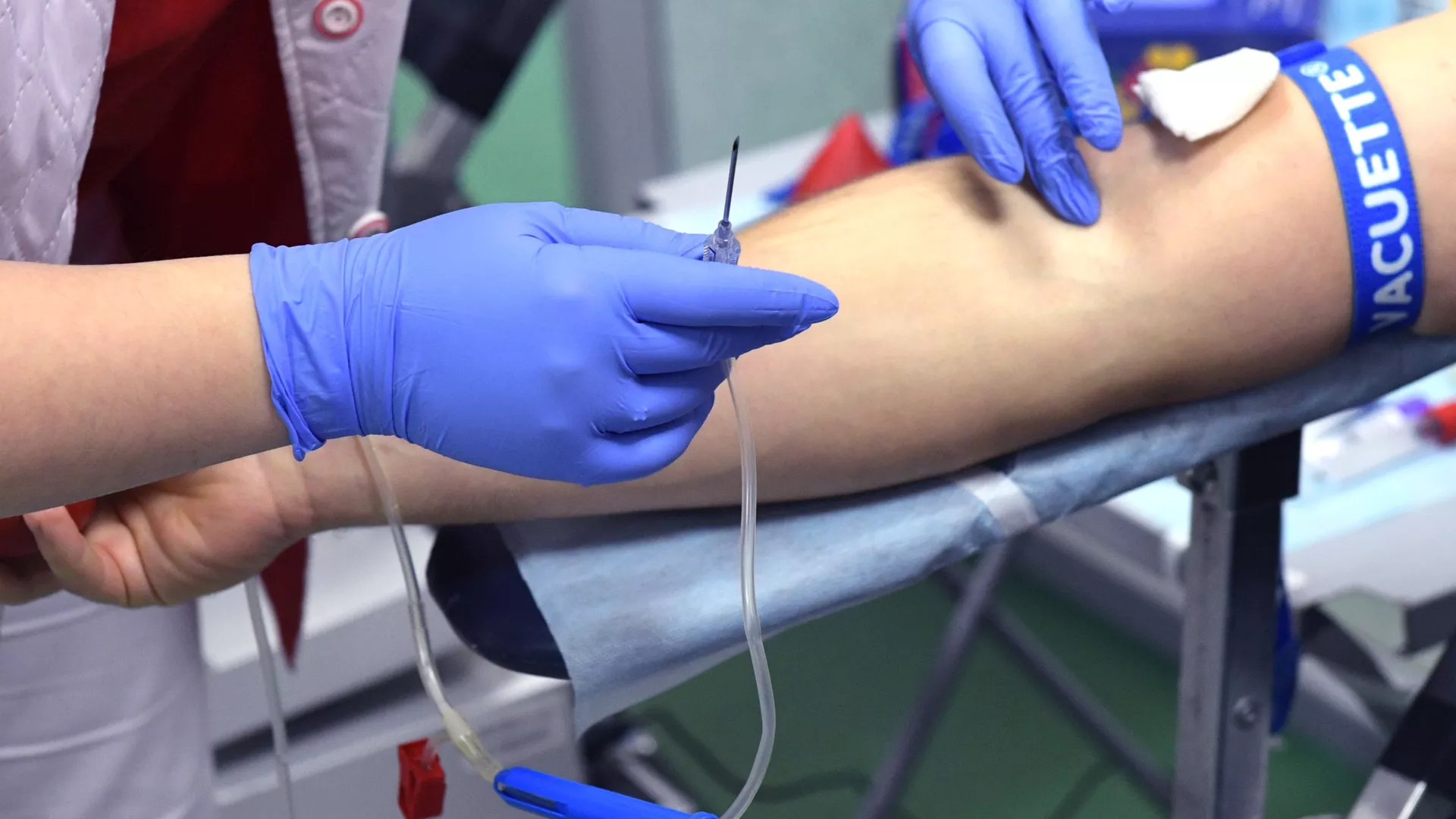Russian Scientists Develop Improved Algorithm for Better Vein Visibility

Researchers at Samara University have developed an effective and reliable digital image processing algorithm to enhance vein visibility.
The technology aims to assist medical professionals in accurately inserting needles into veins, particularly in cases where veins are not visible to the naked eye. The results were published in the Journal of Biomedical Photonics & Engineering.
Modern medical diagnostic procedures often involve inserting a needle into a patient's vein. However, veins are sometimes not visible, making the procedure difficult for medical staff. This leads to challenges during blood draws, potentially resulting in errors in laboratory test results.
To address this issue, scientists are actively developing various optical methods, including near-infrared vein visualization. However, these methods face limitations, such as low depth and poor image contrast. Additionally, digital image processing algorithms used in these methods are imperfect, with low stability and performance.
Researchers at Samara University have developed a highly effective and reliable image processing algorithm to improve vein visualization. The algorithm uses efficient operations based on discrete Fourier transforms, explained Nikita Remizov, a PhD candidate at the Department of Laser and Biotechnical Systems at Samara University.
"Image processing in the Fourier space allows us to effectively enhance areas of the image with sharp intensity changes between adjacent pixels. Areas in the high-frequency range of the two-dimensional spectrum correspond to sharp transitions in the image. Using the so-called fast Fourier transform, we can use relatively affordable computing modules and process images in real-time," Remizov said.
According to the researchers, the new algorithm outperforms existing methods in terms of effectively separating pixels corresponding to veins from those associated with surrounding tissues.
"This new algorithm is part of the development of a domestic device for vein visualization. The device is designed to be cost-effective to manufacture, even under sanctions, and is intended to be efficient, user-friendly, and convenient for medical professionals working with patients who have high body mass indexes or other factors that make vein puncture difficult," Remizov added.
Currently, the researchers are working on optimizing the optical configuration of the future device. Combined with the image processing algorithm, it will enable vein visualization that is not achievable with other methods, particularly in cases of significant skin pigmentation.







